When we think of reptiles, many of us imagine sun-basking creatures in tropical environments. However, the United States is home to several remarkable reptile species that have evolved extraordinary adaptations to survive in surprisingly cold conditions. These cold-tolerant native reptiles demonstrate nature’s incredible capacity for adaptation, allowing them to thrive in environments that would be fatal to most of their reptilian relatives. From freeze-tolerant wood frogs to hibernating rattlesnakes, these species have developed fascinating physiological and behavioral mechanisms to endure the harsh winters found across many U.S. regions. Their survival strategies not only fascinate biologists but also highlight the resilience of life in challenging conditions.
Common Gartersnake: America’s Most Cold-Hardy Serpent
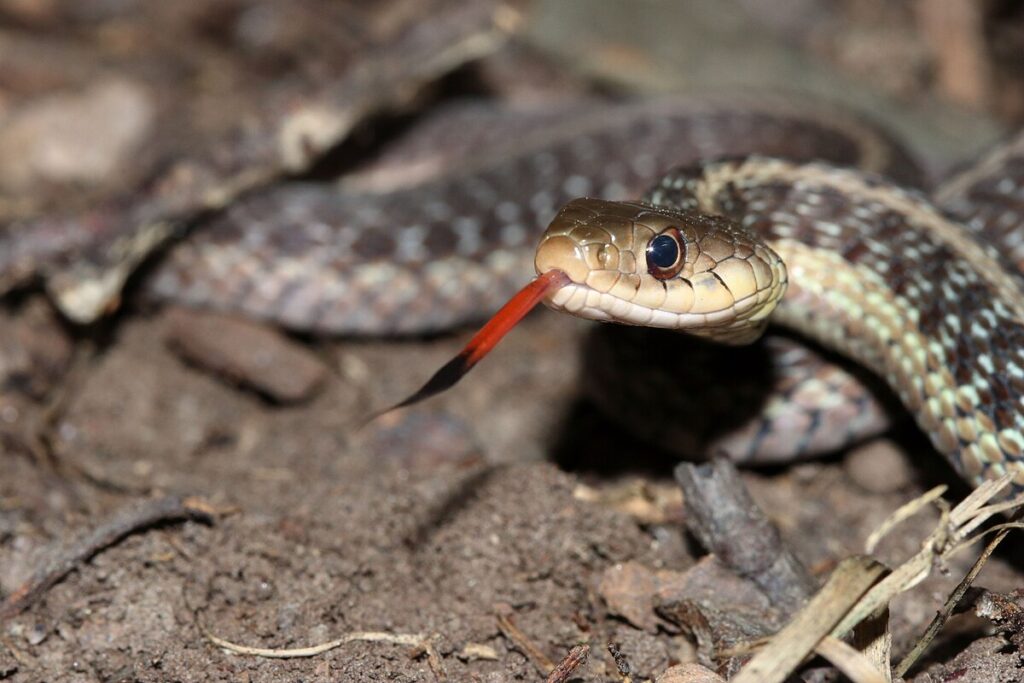
The Common Gartersnake (Thamnophis sirtalis) stands out as perhaps the most cold-tolerant snake in North America, with populations extending into southern Canada and Alaska. These adaptable reptiles can be found active at temperatures as low as 57°F (14°C), significantly cooler than what most snakes can tolerate.
During winter, gartersnakes congregate in communal hibernacula—often utilizing rock crevices, mammal burrows, or building foundations—where hundreds or even thousands may gather to share body heat. Their remarkable cold tolerance involves specialized blood chemistry that allows them to survive brief exposure to near-freezing temperatures. In northern regions, gartersnakes emerge from hibernation earlier than other snake species, sometimes even when patches of snow still remain on the ground.
Painted Turtle: Masters of Supercooling
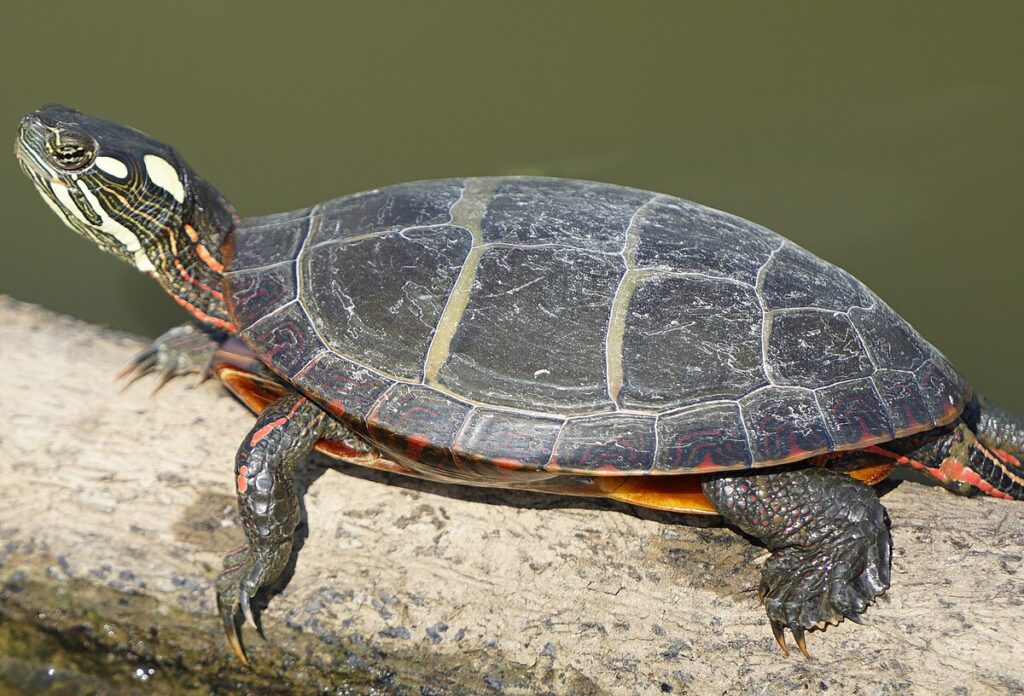
The Painted Turtle (Chrysemys picta) has developed extraordinary physiological adaptations that allow it to survive in regions with harsh winters across much of the northern United States. These aquatic reptiles can endure being encased in ice for extended periods, sometimes remaining frozen for more than 100 days during winter.
Young painted turtles employ supercooling, a remarkable ability that allows their bodily fluids to drop below freezing temperature without actually forming ice crystals. Adults typically hibernate underwater in oxygen-poor conditions, where they can survive through specialized metabolism that allows them to process lactic acid buildup.
Their incredible freeze tolerance involves the production of glucose and other compounds that act as natural antifreeze in their bloodstream, protecting vital organs from ice damage.
Western Fence Lizard: High Elevation Survivor
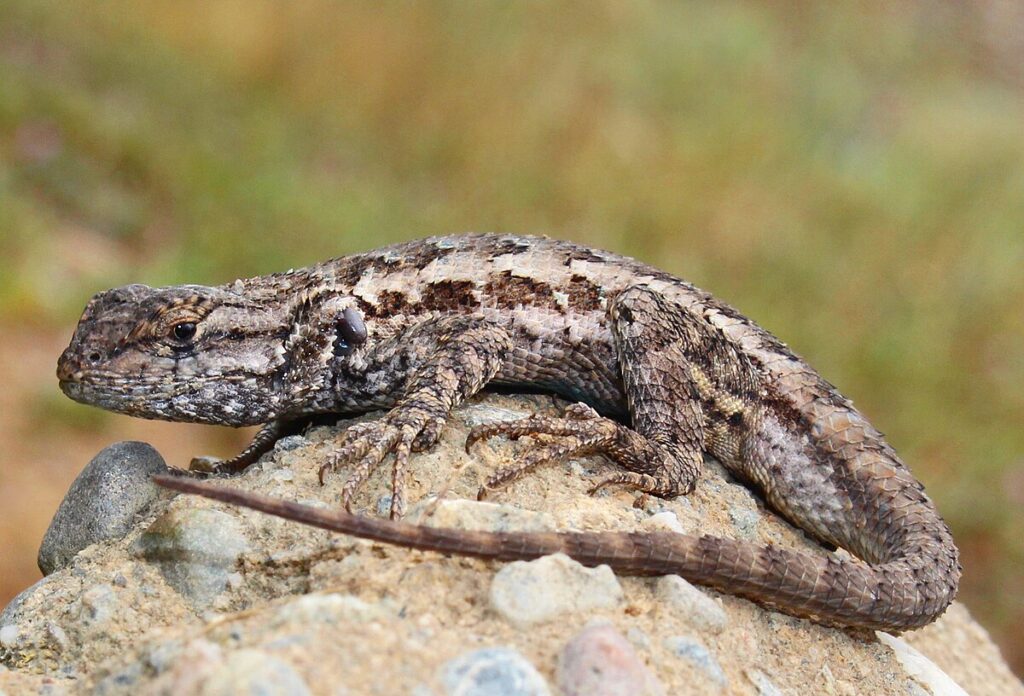
The Western Fence Lizard (Sceloporus occidentalis) demonstrates impressive cold tolerance among lizard species, inhabiting mountainous regions of the western United States at elevations exceeding 10,000 feet. These hardy reptiles have adapted to function at cooler body temperatures than most lizards, allowing them to be active earlier in the morning and later in the evening than other species.
During winter, Western Fence Lizards seek shelter in rock crevices, under tree bark, or in abandoned rodent burrows where they enter a state of brumation—a reptilian form of hibernation characterized by greatly reduced metabolism. Their ability to quickly warm their bodies through basking behavior, combined with specialized thermal preferences, allows them to exploit cooler microhabitats where competition from other lizards is reduced.
Timber Rattlesnake: Communal Winter Survivors
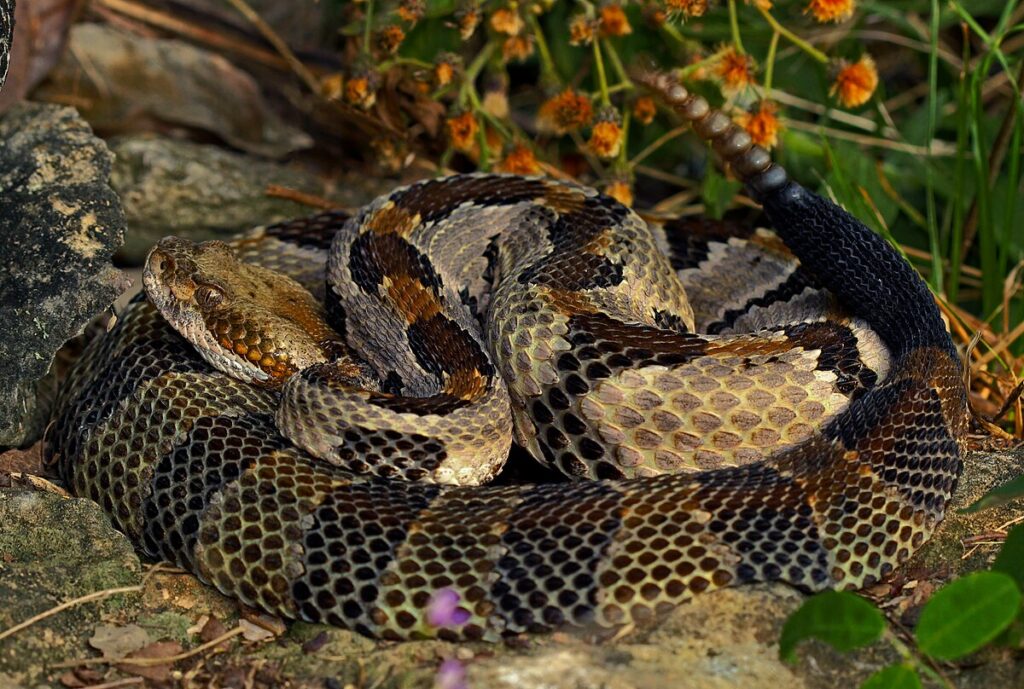
The Timber Rattlesnake (Crotalus horridus) ranges farther north than any other venomous snake in America, surviving in regions with significant winter freezes across the eastern United States. These impressive pit vipers gather in traditional denning sites called hibernacula, often using deep rock fissures that extend below the frost line.
Hibernacula may be used by the same snake populations for generations, with some documented sites being utilized continuously for over a century. Timber rattlesnakes begin preparing for winter by storing fat reserves during late summer, sometimes increasing their body weight by 30-40% before entering brumation.
Their communal hibernation not only provides thermal benefits but may also serve important social functions, potentially facilitating spring mating after emergence.
Wood Turtle: Northern Stream Specialists
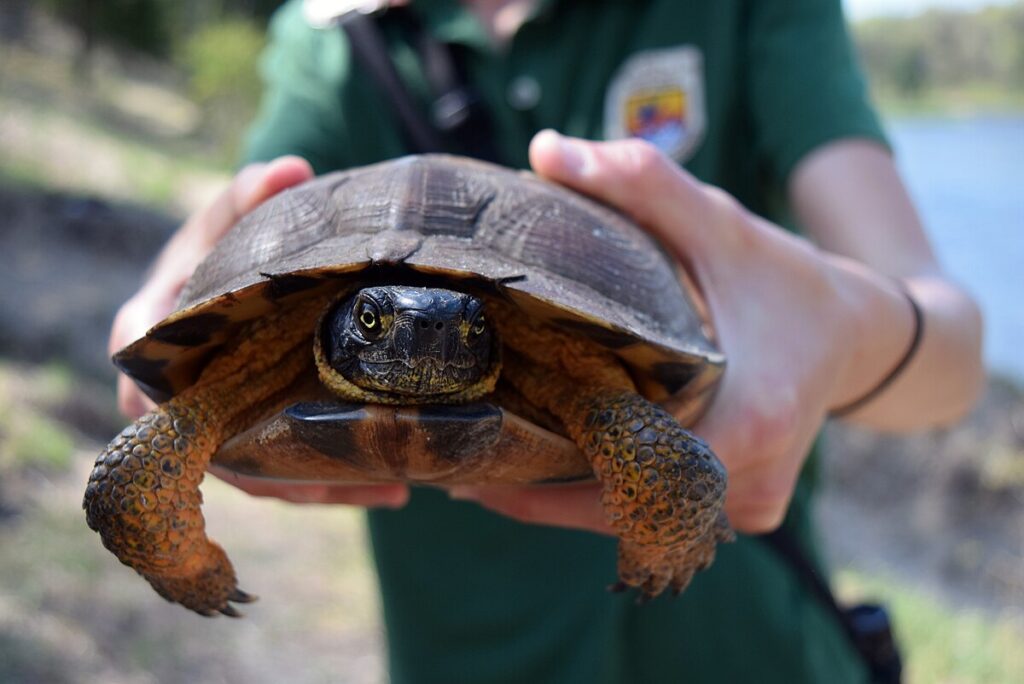
The Wood Turtle (Glyptemys insculpta) has evolved to thrive in cool northern habitats, ranging from the upper Midwest to New England and parts of Canada. These semi-aquatic reptiles typically overwinter in flowing streams and rivers, where moving water is less likely to freeze solid and provides a consistent oxygen supply during their dormant period.
Wood turtles possess a specialized metabolism that allows them to remain active at lower temperatures than many other turtle species, sometimes emerging to bask on relatively warm winter days when temperatures briefly rise. Their carapace, which features distinctive pyramid-shaped scutes with growth rings resembling wood grain (hence their name), provides excellent insulation against temperature fluctuations. Despite their cold adaptations, wood turtles face significant conservation challenges from habitat fragmentation and collection for the pet trade.
Red-Eared Slider: Versatile Temperature Adaptations
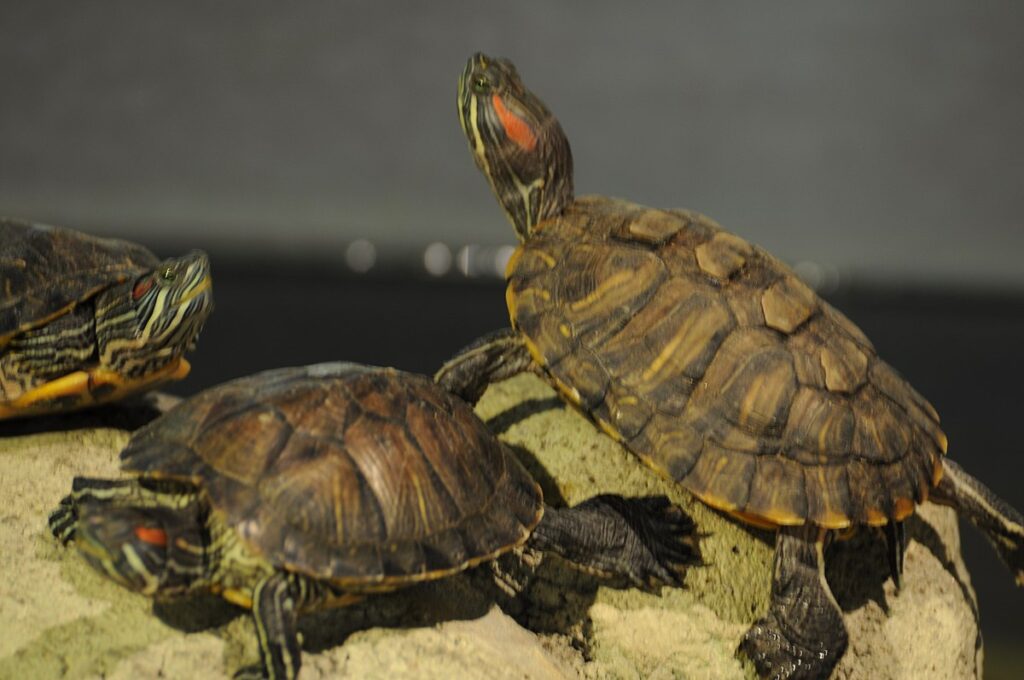
The Red-Eared Slider (Trachemys scripta elegans), while originally native to the southern Mississippi Valley region, has expanded its range northward and demonstrated surprising cold hardiness. These adaptable turtles can survive winter temperatures that would prove fatal to many other reptile species from similar southern origins.
During winter, red-eared sliders typically enter a state of brumation at the bottom of ponds or lakes, where they can absorb limited oxygen through specialized epithelial tissue in their cloaca and pharynx.
Their metabolic rate drops dramatically during cold periods, allowing them to survive for months with minimal energy expenditure. The red-eared slider’s cold tolerance has contributed to its success as an invasive species in many regions outside its native range, where it often outcompetes native turtle species through its environmental versatility.
Eastern Box Turtle: Freeze-Resistant Land Dweller
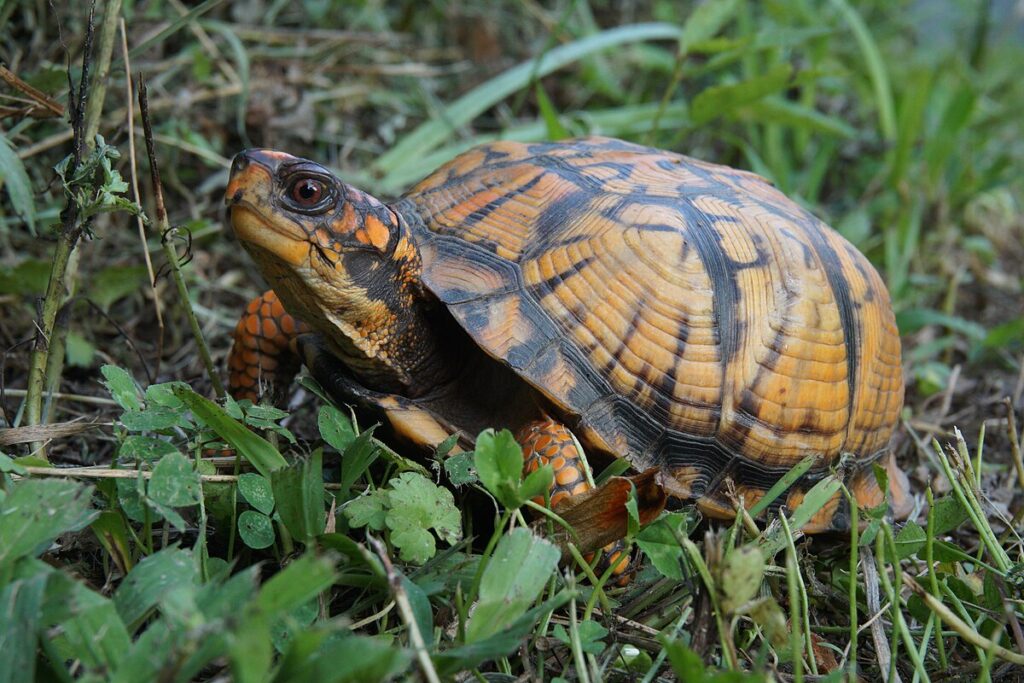
The Eastern Box Turtle (Terrapene carolina) demonstrates remarkable cold tolerance for a primarily terrestrial turtle species, inhabiting regions with significant winter freezes across the eastern United States. Unlike aquatic turtles that can brumate underwater, box turtles must contend with freezing temperatures on land, which they accomplish by burrowing into soil, forest floor debris, or abandoned mammal burrows.
These resilient reptiles can survive partial freezing of their bodies by producing glycerol and other cryoprotectants that prevent cell damage during ice formation. Eastern box turtles typically dig their hibernation burrows (called forms) in stages, gradually moving deeper as winter progresses until they reach depths of 4-6 inches below the surface. Their highly domed shell provides excellent insulation against temperature fluctuations, contributing to their cold-weather survival.
Northern Alligator Lizard: Cool Forest Specialist
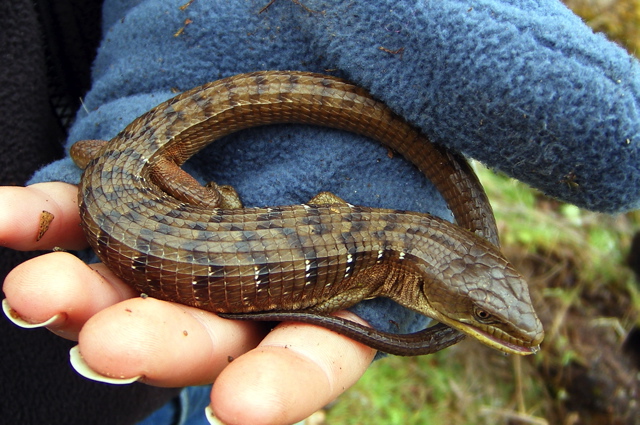
The Northern Alligator Lizard (Elgaria coerulea) inhabits cool, moist forests in the Pacific Northwest and parts of the northern Rocky Mountains, thriving in conditions that would challenge most lizard species. These secretive reptiles have evolved physiological adaptations that allow them to function at body temperatures several degrees lower than most lizards, permitting activity during cool mornings and on overcast days.
During winter, Northern Alligator Lizards seek refuge in rock crevices, decaying logs, or deep leaf litter, sometimes congregating in small groups to share body heat. Unlike many reptiles that lay eggs, these lizards are viviparous, giving birth to live young—an adaptation that allows successful reproduction in cooler climates where egg incubation might be challenging. Their remarkable cold tolerance enables them to be among the first reptiles active in early spring, sometimes emerging when temperatures barely exceed 50°F (10°C).
Snapping Turtle: Ice-Covered Survivors
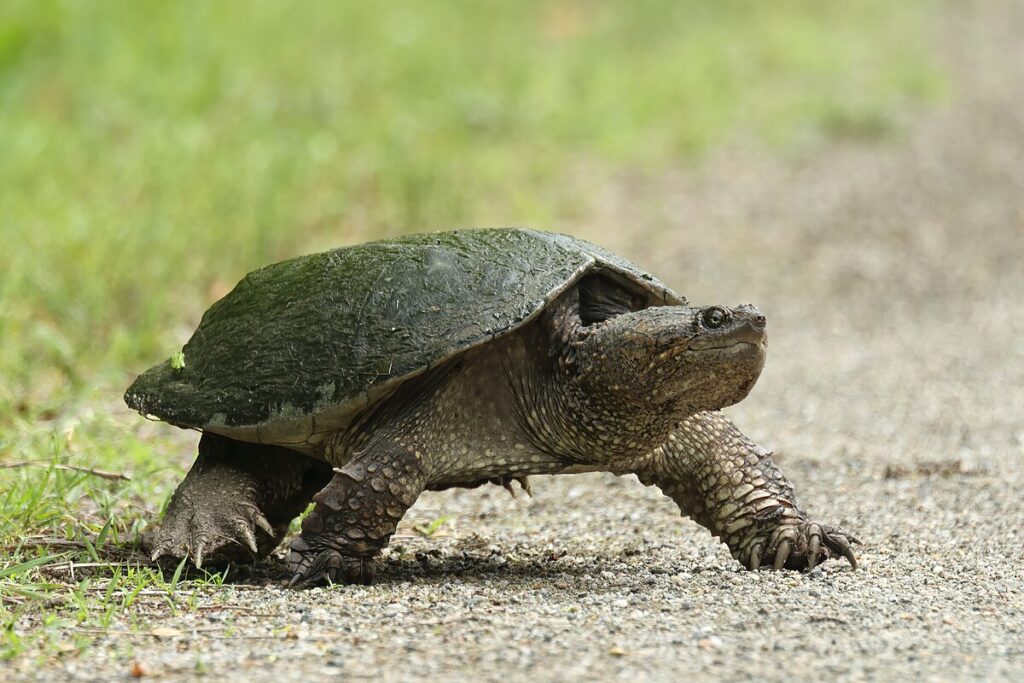
The Common Snapping Turtle (Chelydra serpentina) demonstrates extraordinary cold hardiness, with populations extending into southern Canada and across the northern United States. These prehistoric-looking reptiles can survive winter conditions that would be lethal to most turtle species, including extended periods beneath ice-covered ponds and lakes.
During brumation, snapping turtles reduce their metabolic rate to approximately one-tenth of normal, allowing them to survive for months with minimal oxygen. They can absorb sufficient oxygen through specialized epithelial surfaces, particularly through their throat lining and cloaca, enabling gas exchange even when conventional breathing is impossible.
Some remarkable observations have documented snapping turtles remaining active under ice in near-freezing water, occasionally even moving slowly along pond bottoms during winter months when most reptiles would be completely dormant.
Northern Water Snake: Aquatic Cold Specialist
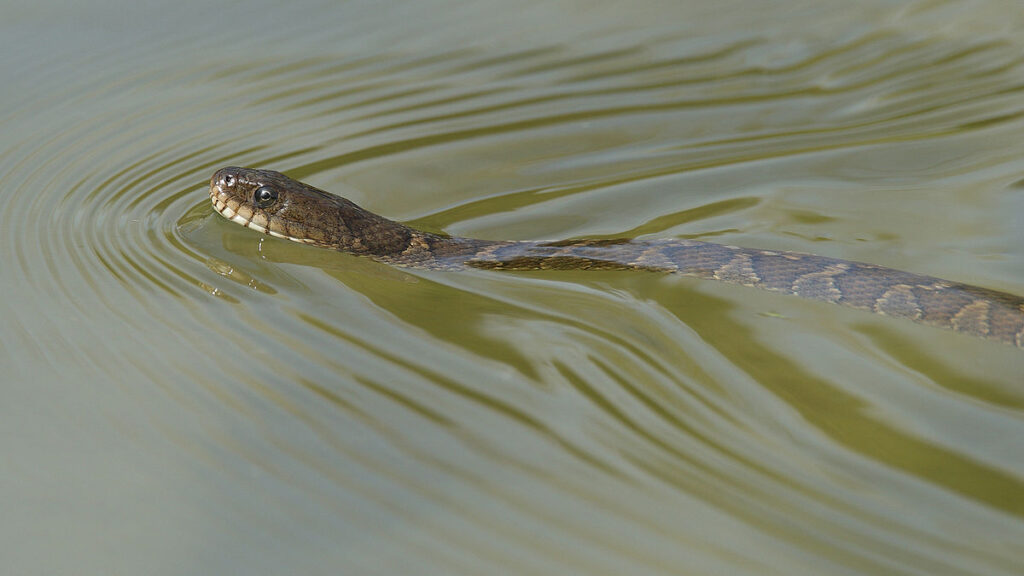
The Northern Water Snake (Nerodia sipedon) has adapted to survive in regions with harsh winters across the northeastern and upper midwestern United States. These versatile aquatic serpents typically brumate in beaver lodges, muskrat burrows, or rock crevices near water sources, sometimes gathering in small groups to maintain higher ambient temperatures.
Northern water snakes possess specialized blood chemistry that allows them to endure colder temperatures than many other snake species, including tolerance for brief exposure to near-freezing conditions.
During early spring and late fall, these snakes can often be observed basking on rocks or logs even when air temperatures are relatively cool, maximizing their exposure to available heat. Their remarkable ability to survive in cold climates has contributed to their success as one of the most abundant snake species in many northern aquatic ecosystems.
Eastern Racer: Early Spring Emerger
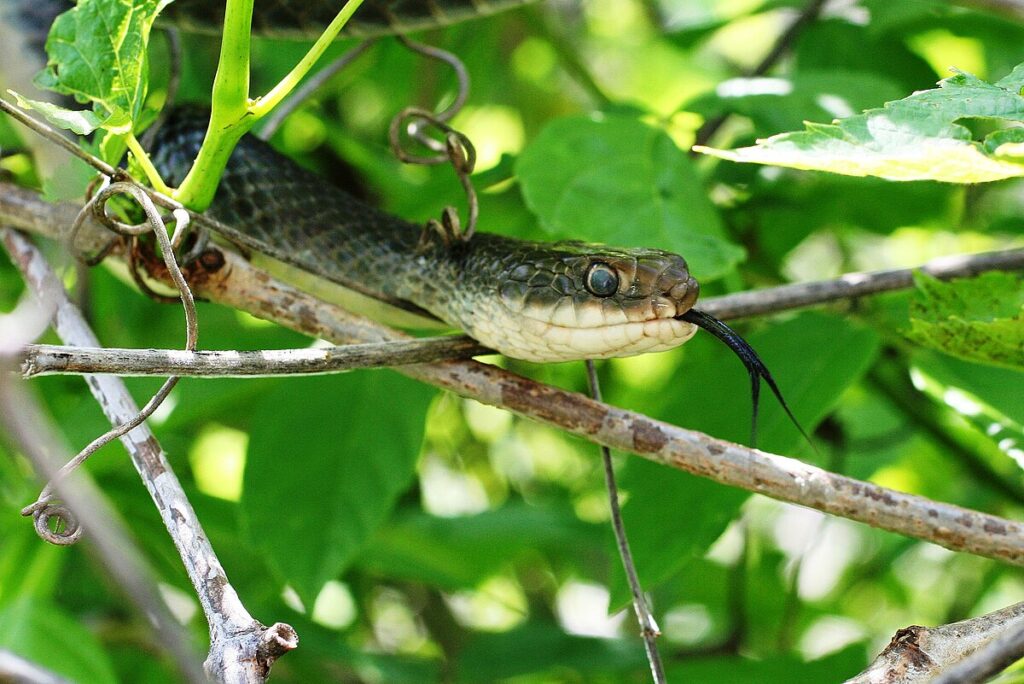
The Eastern Racer (Coluber constrictor) demonstrates impressive cold tolerance for a relatively slender-bodied snake, with populations extending into southern Canada and across most of the eastern and central United States. These active hunters typically brumate in rock crevices, mammal burrows, or old tree stumps, often selecting hibernacula on south-facing slopes to maximize early spring warming.
Eastern racers are known for emerging from hibernation earlier than many other snake species, sometimes becoming active when nighttime temperatures still dip below freezing.
Their specialized thermoregulatory behaviors include “shuttling” between sun and shade to maintain optimal body temperature, allowing efficient activity even during relatively cool spring days. Despite their cold tolerance, eastern racers remain vulnerable to extended freezing periods and must select hibernation sites that remain above freezing throughout winter.
Five-Lined Skink: Freeze-Avoiding Forest Dweller
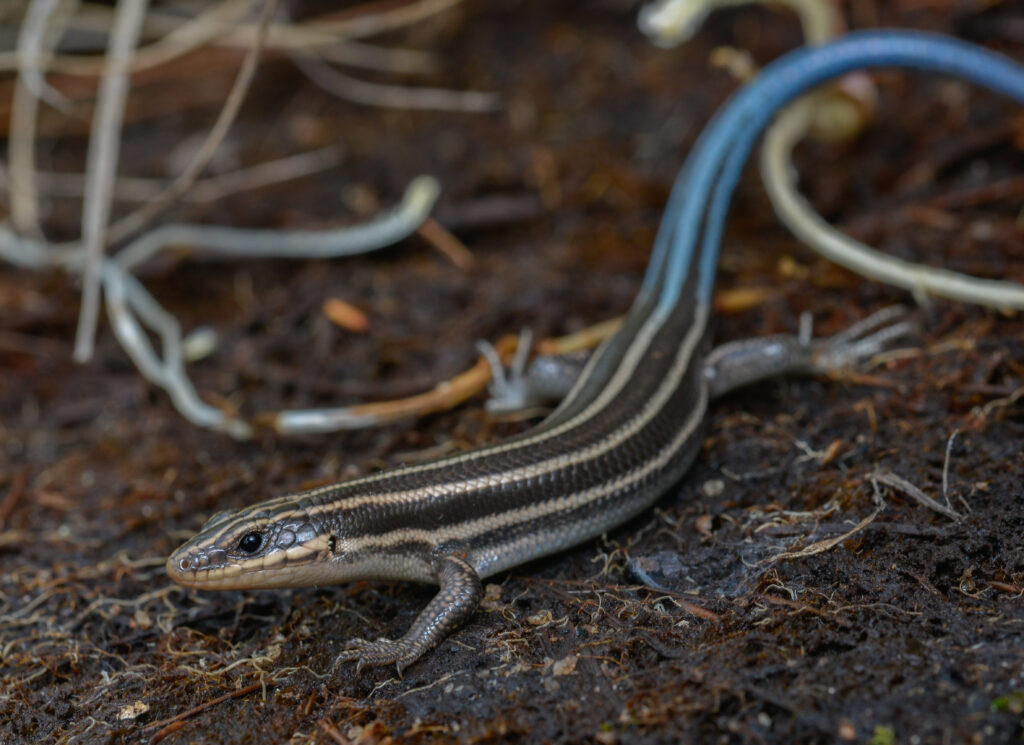
The Five-Lined Skink (Plestiodon fasciatus) demonstrates notable cold hardiness among lizard species, with populations extending into southern Canada and across much of the eastern United States. These forest-dwelling reptiles typically brumate in rotting logs, tree stumps, rock crevices, or deep leaf litter, sometimes gathering in small groups during winter dormancy.
Five-lined skinks possess biochemical adaptations that allow them to withstand brief exposure to near-freezing temperatures, though they carefully select hibernation sites below the frost line to avoid lethal freezing.
Young skinks, recognizable by their bright blue tails, may actually have greater cold tolerance than adults, possibly an adaptation that helps offset their smaller body size and consequent faster heat loss. Their ability to function at relatively low body temperatures allows them to be active earlier in spring and later in fall than many other lizard species in the same habitats.
Prairie Rattlesnake: Plains Winter Survivor
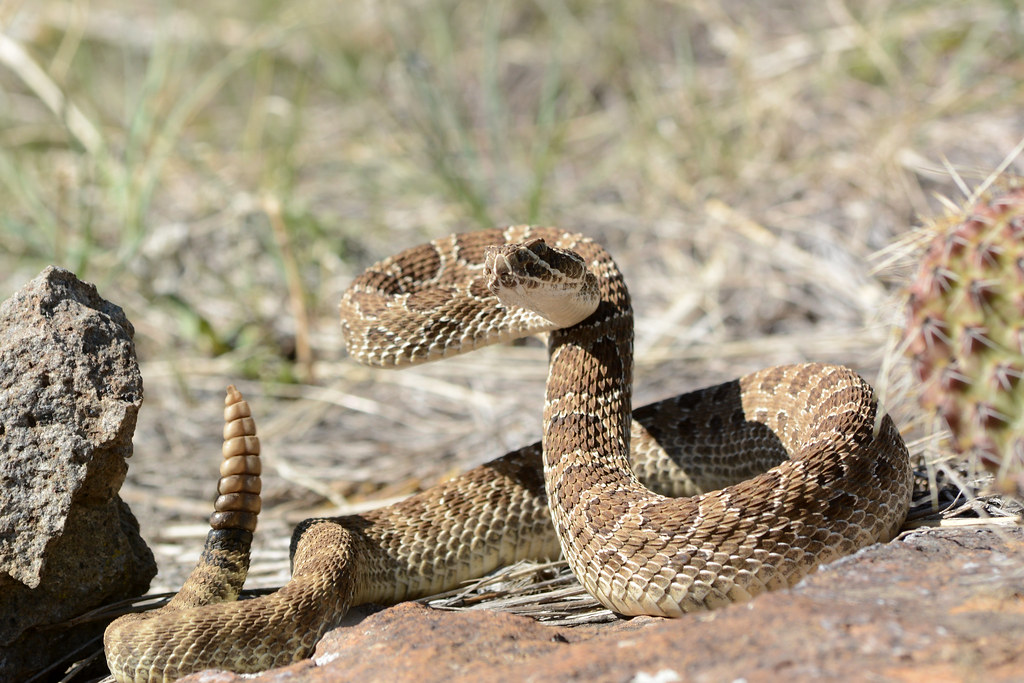
The Prairie Rattlesnake (Crotalus viridis) has evolved remarkable cold tolerance, inhabiting high plains and prairie regions across the western United States where winter temperatures regularly plunge well below freezing. These venomous reptiles typically hibernate in communal dens located in deep rock fissures, abandoned mammal burrows, or other structures that extend below the frost line.
Prairie rattlesnakes may travel several miles from their summer feeding grounds to reach traditional hibernacula, which are often used by the same snake populations for generations. During preparation for brumation, these rattlesnakes undergo physiological changes including increased glucose production that helps protect tissues from freezing damage.
Some prairie rattlesnake dens in Wyoming and Montana have been documented to contain hundreds of individuals, creating a thermal mass that helps moderate temperature fluctuations during the harshest winter conditions.
The cold-tolerant reptiles native to the United States represent extraordinary examples of evolutionary adaptation. From the freeze-tolerant painted turtle to the communal hibernating timber rattlesnake, these species have developed specialized physiological and behavioral mechanisms that allow them to survive in environments that would be lethal to most reptiles.
Their adaptations include antifreeze compounds in bloodstreams, supercooling abilities, communal hibernation strategies, and specialized metabolic adjustments. As climate change continues to alter temperature patterns across North America, these cold-adapted species may face new challenges that test the limits of their remarkable survival strategies. Understanding and protecting these resilient creatures not only preserves biodiversity but also provides valuable insights into the extraordinary ways life adapts to extreme environmental challenges.

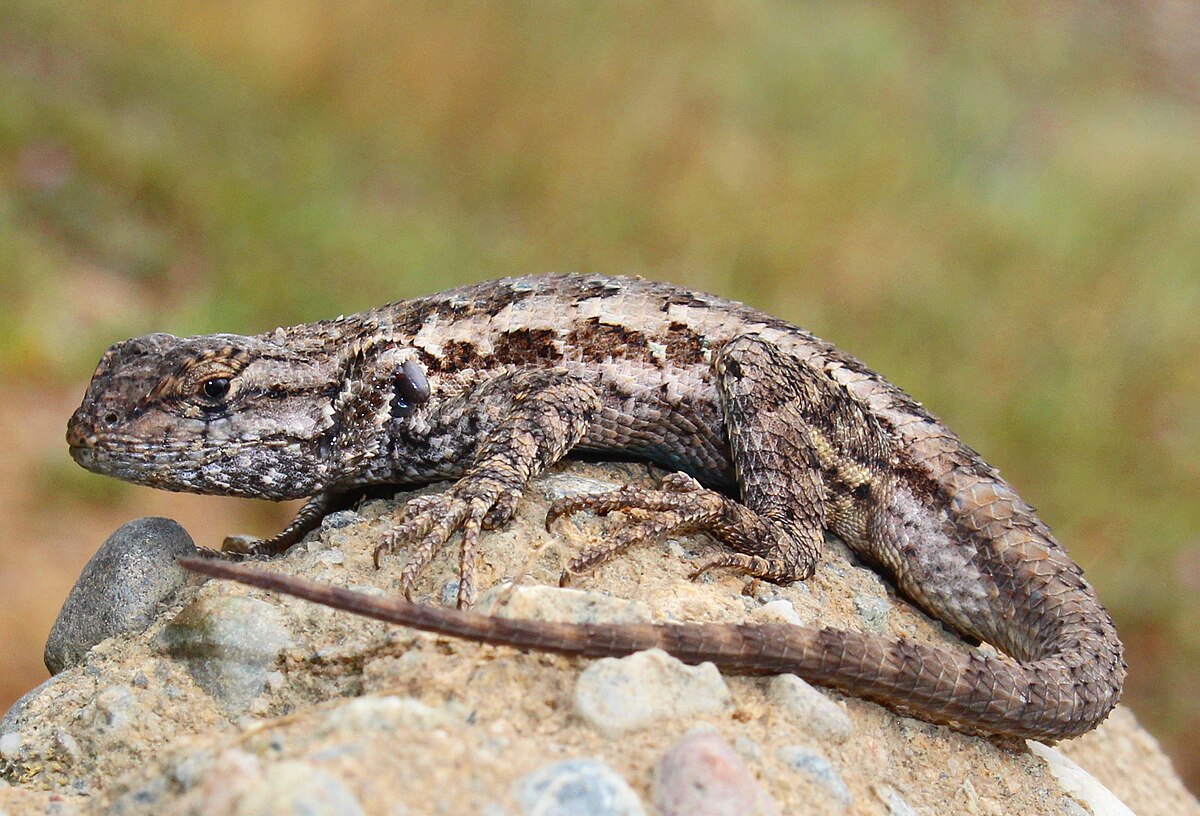
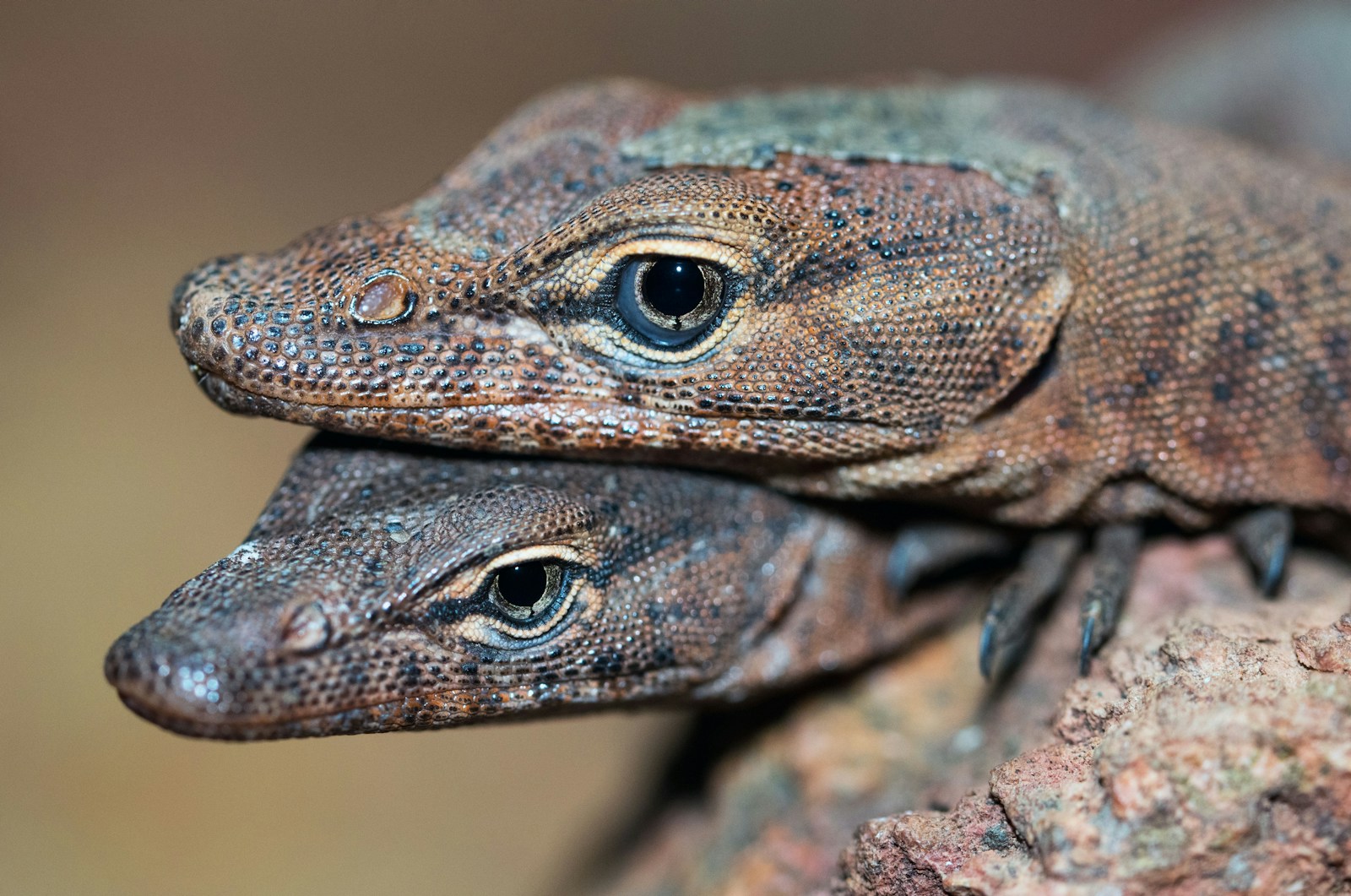
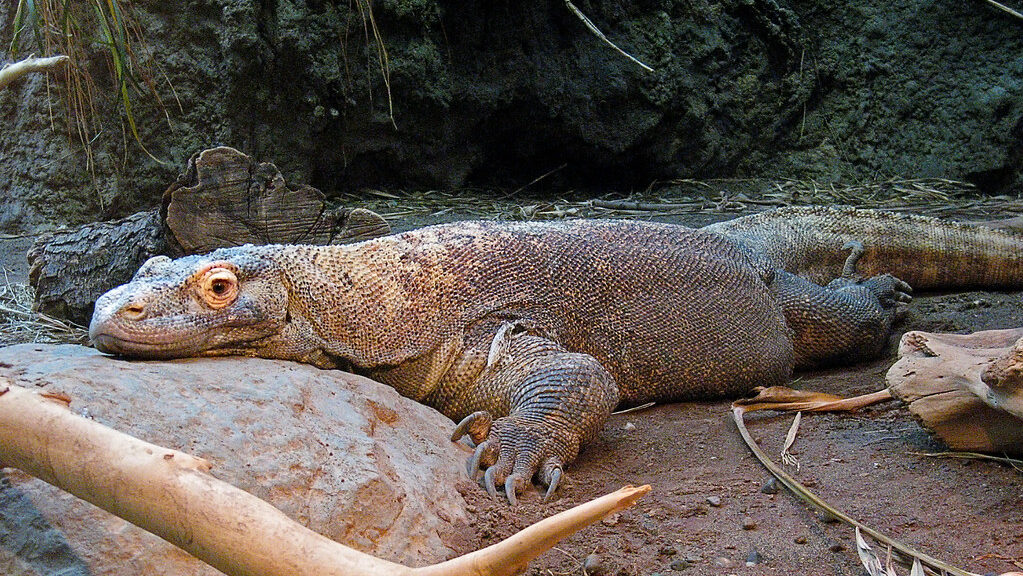
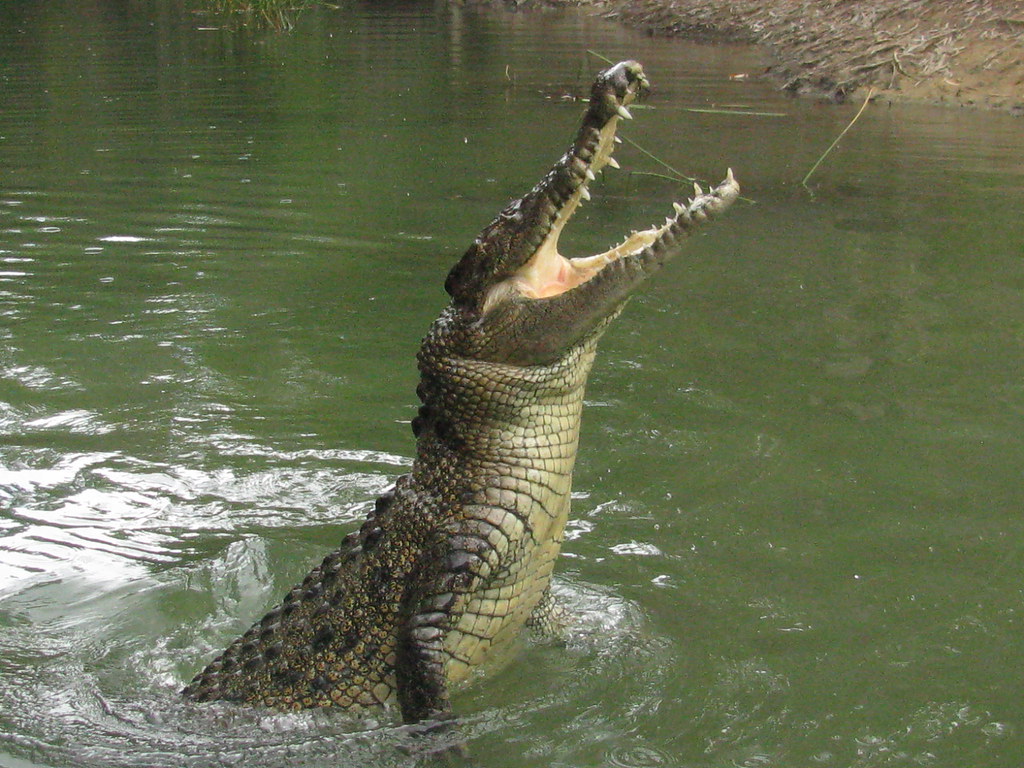
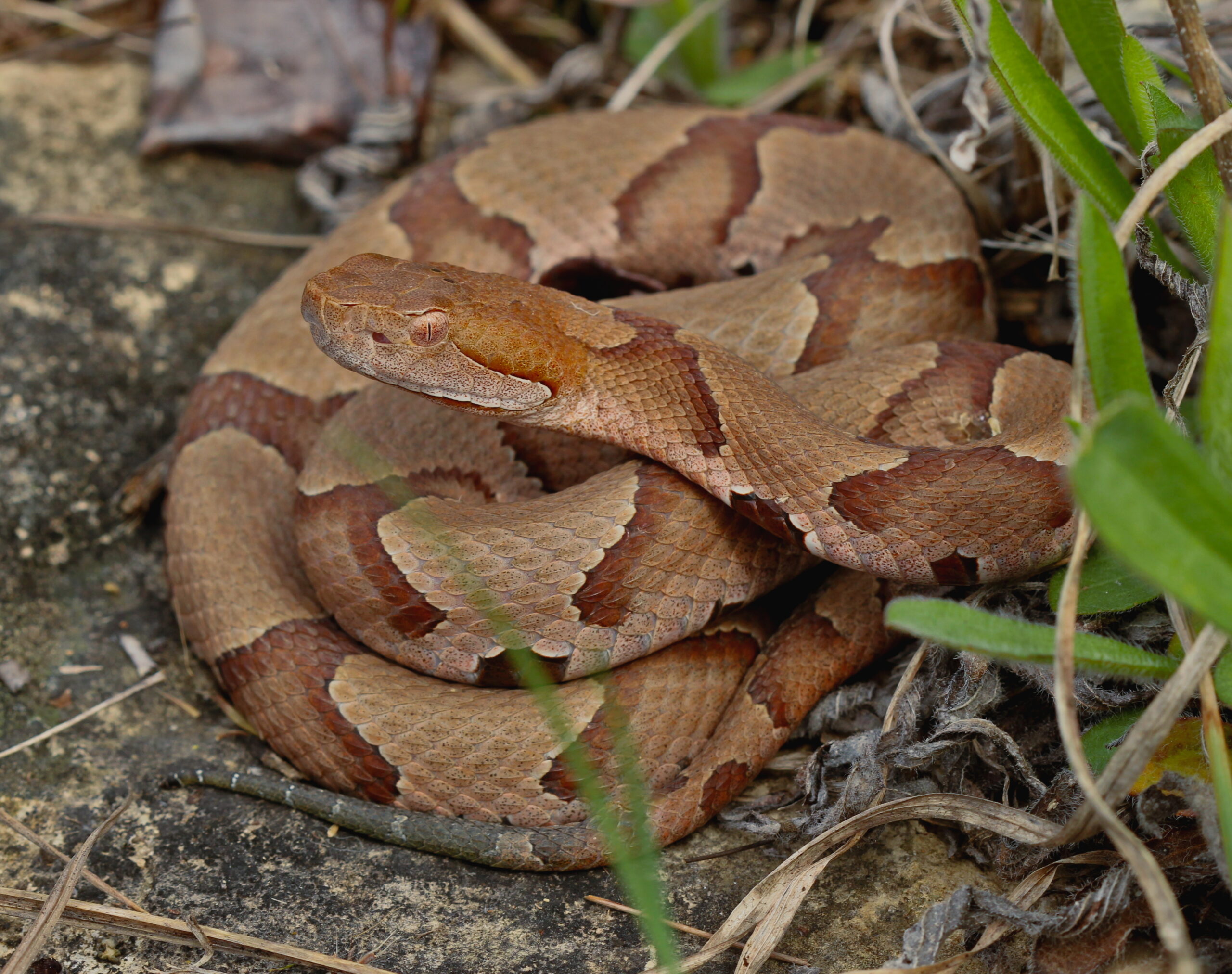
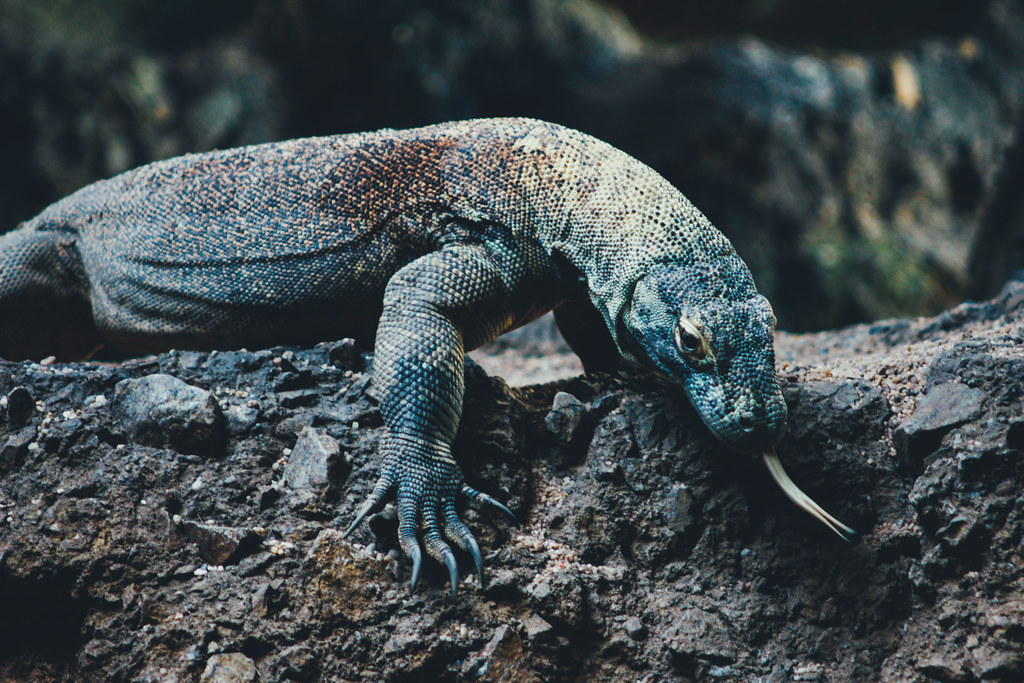
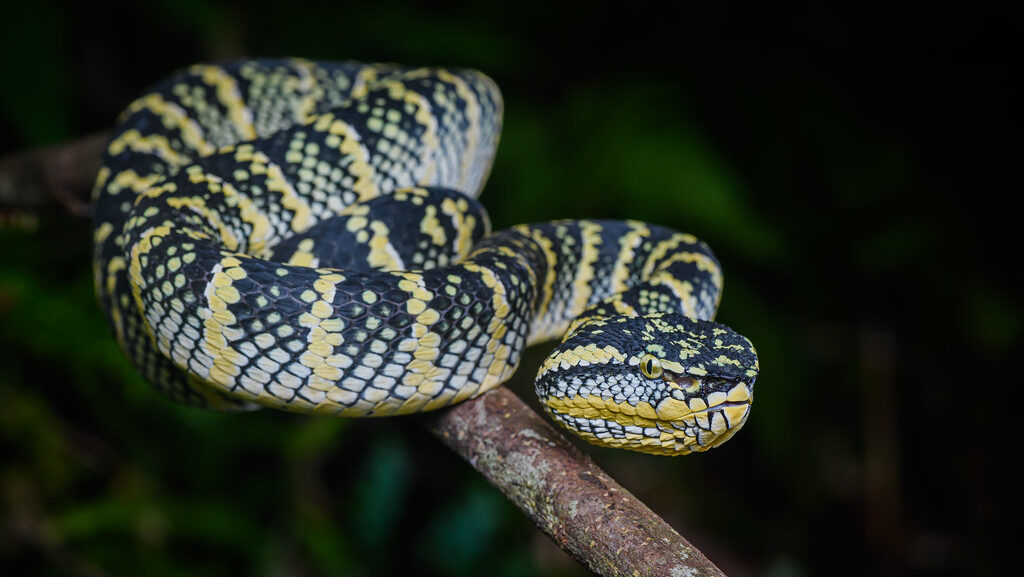
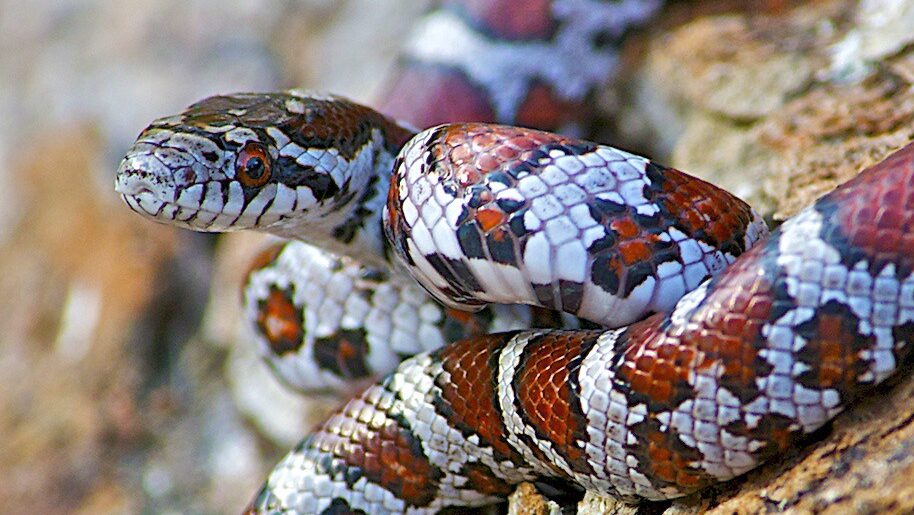

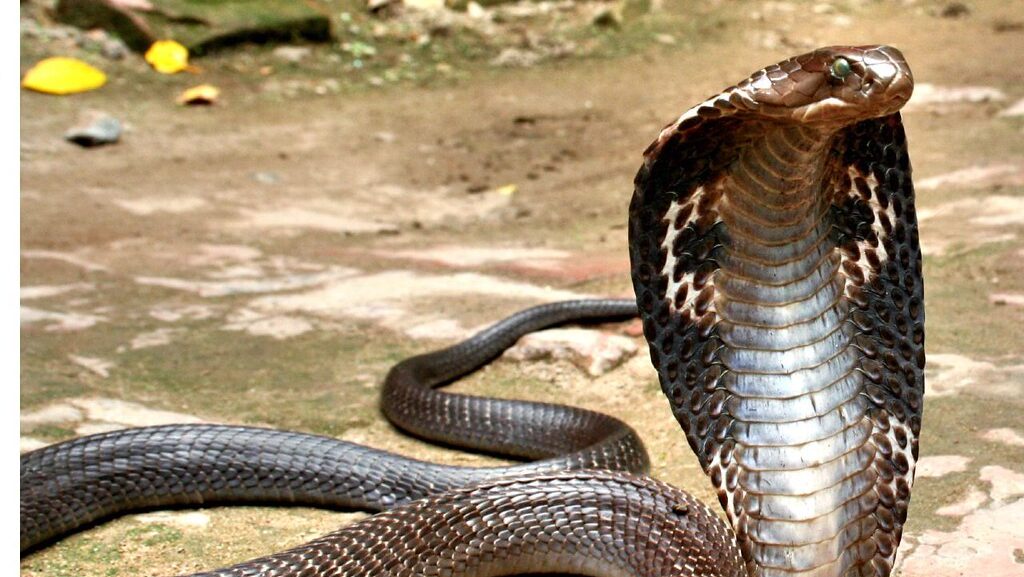
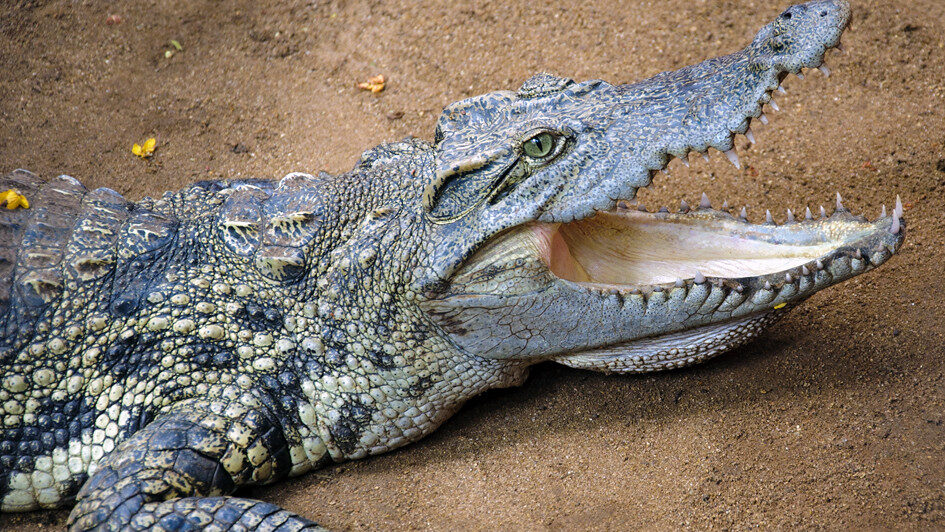
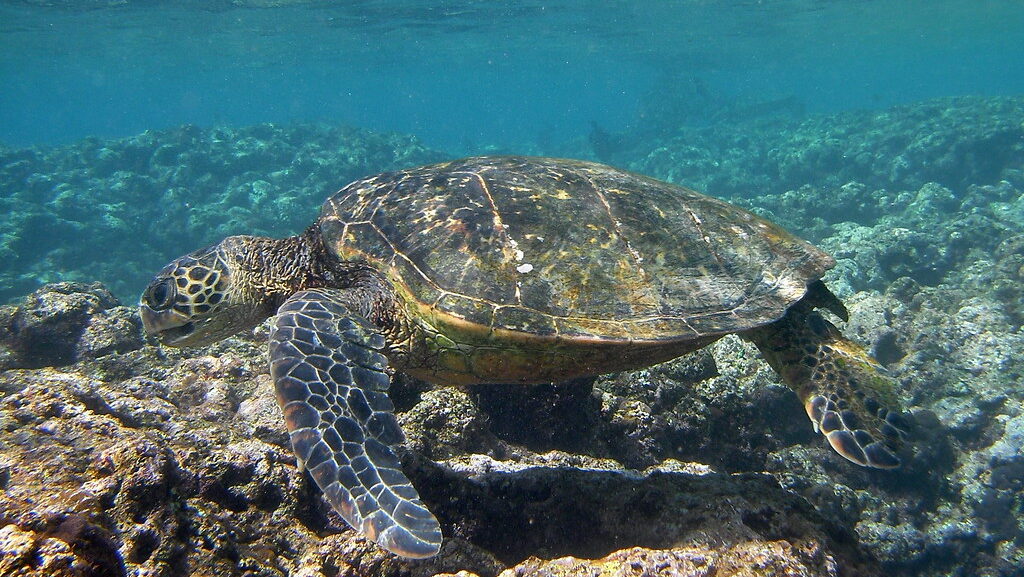
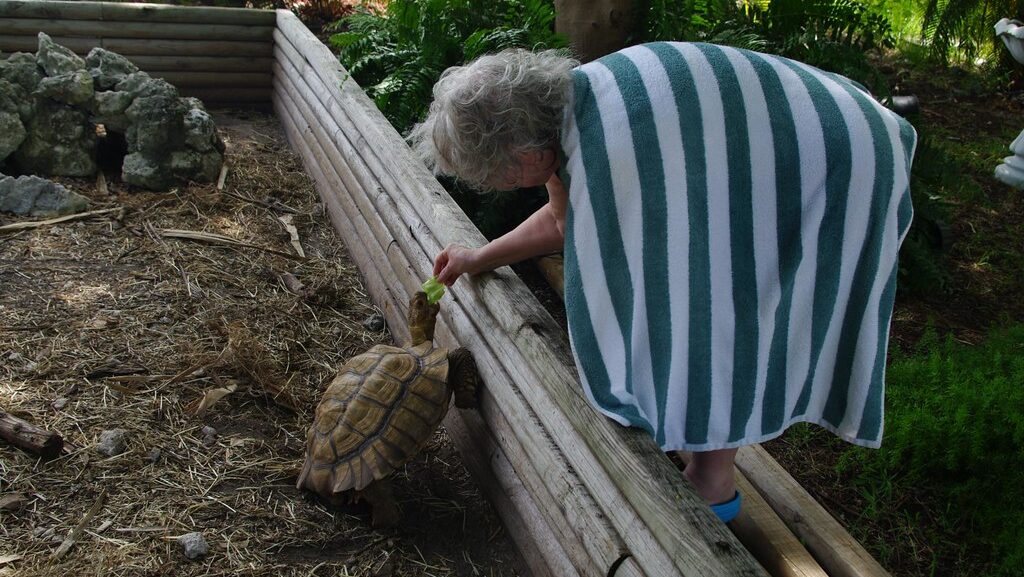
Leave a Reply